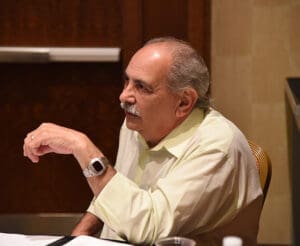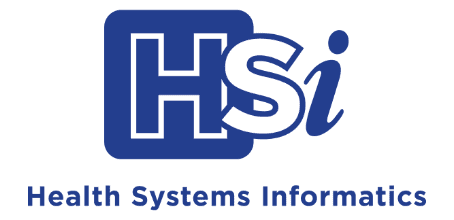A Discussion with Craig Berger:
Avoid Monster Committees and Keep Projects on Track

The new year provides a great time to review and reevaluate old processes and projects. One growth point for many organizations lies in keeping projects on track. Craig Berger, one of HSi’s Senior Healthcare Consultants, has over 25 years of broad experience working on many projects, he shares his knowledge and wisdom with us here.
Q: As an experienced project manager, what unintentional obstacles have you seen in client projects that can be fixed at the onset?
A: One theme I am seeing more recently is the creation of “monster committees” with 30-plus members trying to complete important project tasks. With that many people, it is difficult to get a consensus and move forward, the meeting objectives tend to get lost, and conversations get off track. Projects with a much more focused committee (workgroup) can get things done more efficiently and with less waste. The scope of the meetings and conversations can be controlled lending itself to getting the most value for the time spent. It is also easier to set and enforce group expectations.
With a large group, it would not be unusual to have trouble getting all participants to arrive on time. If key participants show up late and ask for information to be rehashed, time is wasted, and team members may become frustrated. In contrast, a representative for a group of stakeholders can be held accountable by their peers as well as by the project team. If everyone makes it a priority to attend, it is more likely the individual stakeholders will understand the importance and seriousness of their active participation. It is key to have a Senior Operational Executive team member, along with the Project Sponsor, support and advocate for the project’s importance and validate the need for engaged participation.
Q: How do you address the mistrust that might occur if a project is done in a silo?
A: Projects should have a clear communication plan and create transparency allowing stakeholders to participate without having to attend a “monster committee” – this does not equate excluding people or doing a project in a silo, though. It is imperative that the project sponsor or IS leadership understands how the technology will impact operations to avoid problems. To ensure this happens, the project team needs to do the legwork to elicit the information needed to make the best decisions. Likewise, it is crucial to have a project sponsor with enough breadth of understanding and influence to assimilate the information from a global perspective and help the team make the best choices.
The larger the impact of the project on the organization, the broader the influence and positional power the sponsor should have. The project manager should validate decisions by distributing the meeting notes with minor course corrections made if the notes prompt a response not previously occurring to the team. This keeps the project moving forward and on time.
Q: Why do you think this ‘monster committee’ trend has started?
A: I think this is a response to gaps in communication. The project manager needs to embrace the responsibility of ensuring there is a good feedback loop outside the meetings. They can task team members to go to their representative groups eliciting feedback and comments and enabling them to be prepared to make the decisions best for the project and organization. After each meeting, clear minutes should be distributed so stakeholders can comment and understand the impact the decision will have on their operations.
Q: As an external resource, how are you effective in this environment?
A: Because I move from client to client working on similar projects, I come with a wide breadth of knowledge you can only gain with experience. I have expertise with the software as well as with project management methodology giving me credibility even if I am talking about foreign concepts. As someone coming in from outside the organization, I will ask more clarifying questions so I can identify risks or challenge the way things are done without creating defensiveness. This makes me more risk resilient. The project leader may be more willing to try something new if an outside resource is managing the process.
I can also influence team member performance as I do not come with preconceived ideas about how people work and how they will perform. Sometimes performance issues are a result of self-fulfilling prophesy because the team member is given less information and responsibility. I provide the information and expectations needed to succeed, without the history of previous performance issues, and often those individuals do very well. To summarize, my experience has given me the ability to move large and complex projects along to successful completion with a smaller, nimbler team and a strong communication plan.
Good communication and transparency prevent the apparent need for ‘monster committees’. They, along with subject matter knowledge and an outside perspective can help move your project along at a quicker pace. If you would like to dig deeper into managing your project and communications with Craig, he may be reached at HSi@hsi-corp.com.







